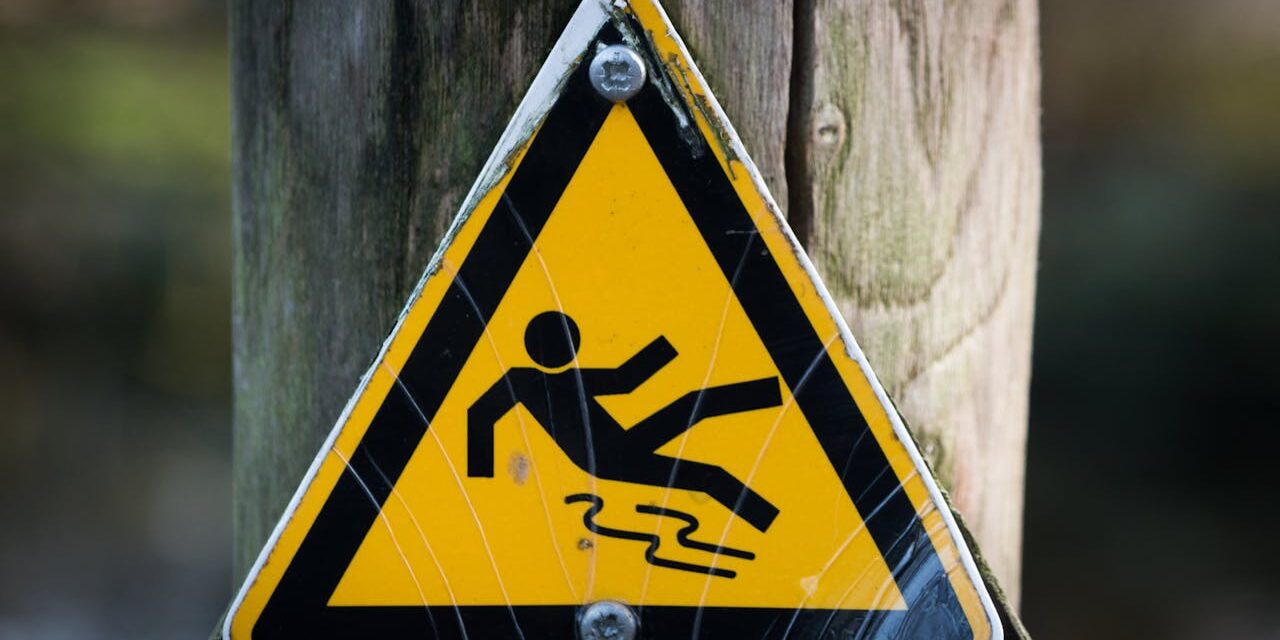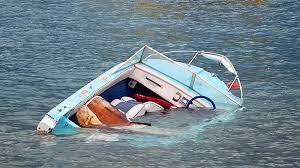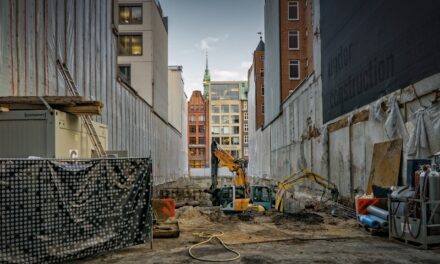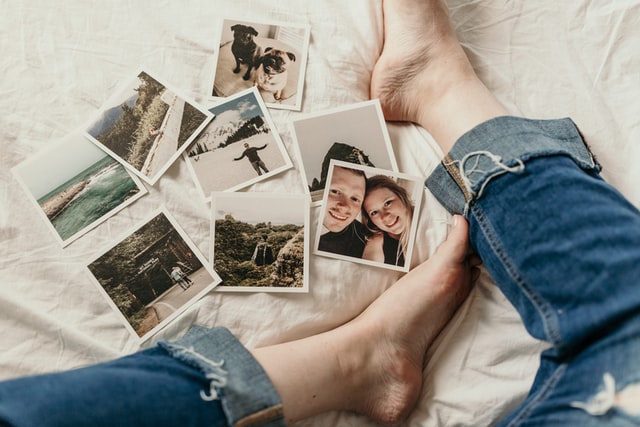Slip and fall accidents are some of the most common personal injury incidents that occur every day. If you’ve slipped, tripped, or fallen due to hazardous conditions on someone else’s property, you may be wondering about your legal options. Premises liability law holds property owners responsible for accidents that occur on their premises due to unsafe conditions. In this article, we’ll explore what you need to know about premises liability and the steps you should take after a slip and fall injury.
What Is Premises Liability?
Premises liability is a legal concept that refers to the responsibility of property owners or tenants to ensure their property is safe for visitors. This includes taking appropriate steps to prevent accidents caused by hazardous conditions, such as wet floors, uneven flooring, or poor lighting. Under premises liability law, property owners are required to fix dangerous conditions or provide adequate warnings to visitors about potential hazards.
If you suffer an injury due to unsafe conditions on someone else’s property, the property owner could be held liable for your injuries. However, in order to win a premises liability case, you must prove that the property owner was negligent in maintaining a safe environment.
Key Elements of a Premises Liability Case
For a slip and fall injury to result in a premises liability claim, certain elements need to be present. Understanding these elements can help you assess whether you have a valid case.
1. The Property Owner’s Duty of Care
Property owners owe a duty of care to visitors who come onto their property, whether they are invited guests, customers, or other individuals. The duty of care depends on the nature of the property and the type of visitor. For instance, a business owner has a higher level of responsibility to customers than a homeowner might have to a social guest. The property owner must regularly inspect the premises and repair any hazards that could pose a risk to visitors.
2. Dangerous Condition on the Property
In order to establish negligence, you need to demonstrate that the property owner knew or should have known about the dangerous condition that led to your accident. This could include slippery floors, faulty steps, poorly maintained sidewalks, or inadequate lighting. If the owner was aware of the condition but failed to take action, they could be held liable for your injury.
3. Injury Resulting from the Hazard
You must also prove that the hazardous condition directly caused your injury. For example, if you slipped on a wet floor and broke your ankle, you need to show that the wet floor was the direct cause of the injury. If there is no clear connection between the hazardous condition and your injury, it can weaken your case.
4. Failure to Correct or Warn About the Hazard
Property owners are required to either fix the hazardous condition or warn visitors about it. If the owner failed to address the hazard in a reasonable amount of time, or failed to provide adequate warnings, they may be found negligent. This failure to act is a key factor in determining liability in slip and fall cases.
What to Do After a Slip and Fall Injury
If you’ve been injured in a slip and fall accident, it’s important to take immediate steps to protect your health and your legal rights. Here’s what you should do:
1. Seek Medical Attention
Your health should be your top priority. Even if you don’t feel injured right away, it’s important to seek medical attention as soon as possible after a fall. Some injuries, such as concussions or soft tissue damage, may not be immediately apparent. A doctor can assess your injuries and provide a record of your condition, which could be important if you decide to pursue a claim.
2. Report the Incident
It’s important to report the slip and fall accident to the property owner or manager as soon as possible. Be sure to document the date, time, and location of the incident. If the fall occurred in a public place or a business, make sure to fill out an incident report, and ask for a copy for your records. This will serve as crucial evidence in your case.
3. Document the Scene of the Accident
If possible, take photos or videos of the location where you fell. This can help establish the dangerous condition that caused the accident. For example, if you slipped on a wet floor, take pictures of the spill, the surrounding area, and any warning signs or lack thereof. Also, take photos of your injuries, including bruises, cuts, or any visible signs of trauma.
4. Gather Contact Information of Witnesses
If there were any witnesses to the incident, ask for their contact information. Witnesses can provide crucial testimony to support your claim, especially if they saw the hazardous condition that led to the fall or can confirm that the property owner failed to address the issue. Their statements can add credibility to your case.
5. Avoid Making Statements About Fault
Be cautious when speaking to the property owner, insurance representatives, or anyone else about the incident. Do not admit fault or make any statements that could be interpreted as an admission of responsibility. It’s important to let the evidence speak for itself. If you are unsure, it’s best to avoid making any statements until you consult with an attorney.
6. Consult with a Colorado Springs Slip and Fall Lawyer
If you’ve been injured in a slip and fall accident, it’s advisable to consult with a personal injury attorney who specializes in premises liability cases. A Colorado Springs Slip and Fall Lawyer can help you understand your legal rights and guide you through the process of filing a claim. They will evaluate the details of your case, investigate the circumstances surrounding the accident, and gather the evidence needed to prove negligence.
If you decide to pursue legal action, an experienced lawyer will negotiate on your behalf with insurance companies and represent your interests in court, ensuring that you receive the compensation you deserve for your medical bills, lost wages, pain and suffering, and other damages.
For professional legal representation, consider reaching out to a Colorado Springs Slip and Fall Lawyer.
How Premises Liability Can Affect Your Claim
In many slip and fall cases, the property owner’s insurance policy will be responsible for covering the costs of your injury. However, navigating insurance claims can be complicated. Insurance companies often attempt to minimize payouts by disputing fault or downplaying the severity of the injuries. An experienced attorney can ensure that your case is presented in the best possible light and help you fight for a fair settlement.
It’s also worth noting that the statute of limitations for filing a slip and fall lawsuit varies by state. In Colorado, the statute of limitations is generally two years from the date of the accident. This means you must file your lawsuit within this timeframe or risk losing your right to seek compensation. A skilled lawyer can ensure that all deadlines are met and your legal rights are protected.
Conclusion
Slip and fall injuries can lead to significant physical, emotional, and financial hardship. Understanding your rights under premises liability law is essential if you’ve been injured due to unsafe conditions on someone else’s property. By taking the appropriate steps, such as seeking medical attention, documenting the scene, and consulting with a qualified attorney, you can protect your health and your legal options. If you are considering legal action, don’t hesitate to consult with a skilled attorney to help guide you through the process and pursue the compensation you deserve.






